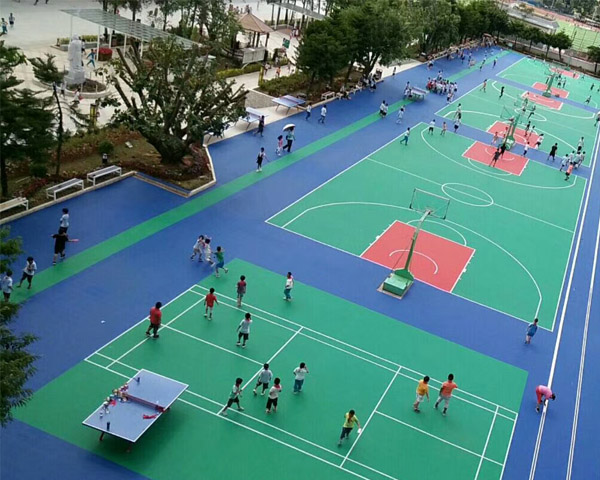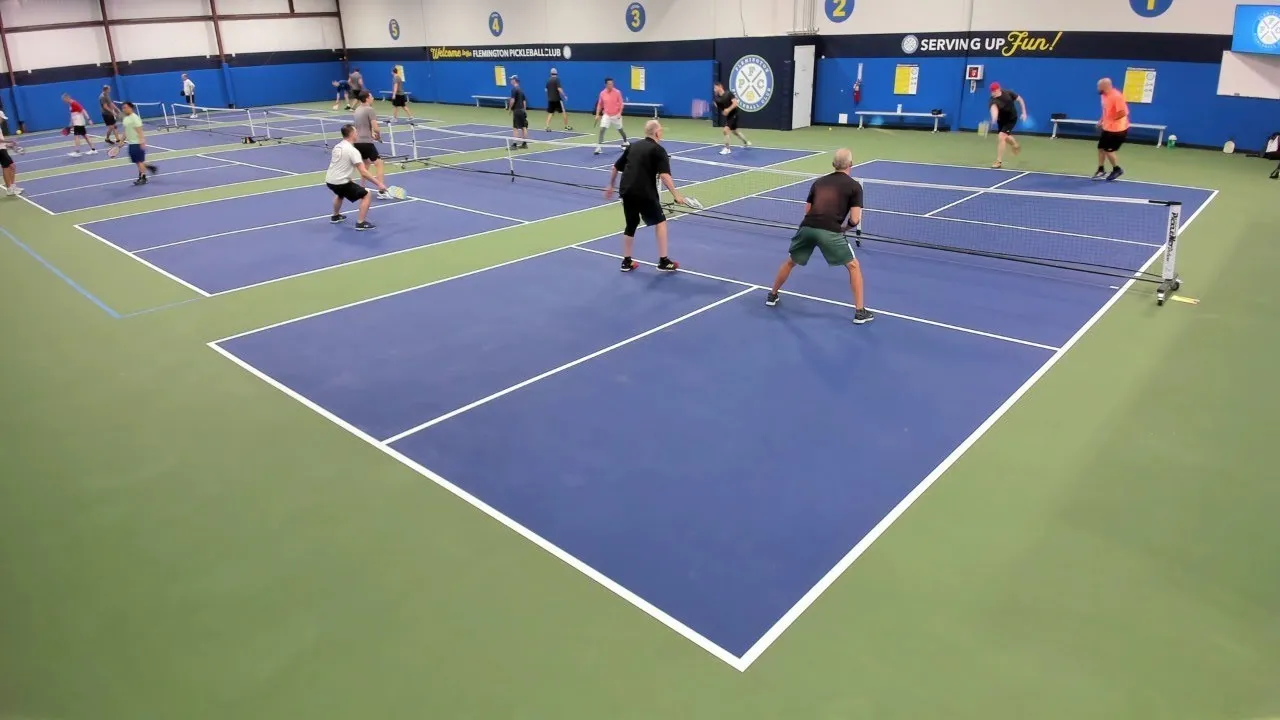Mei . 19, 2025 10:41 Back to list
Pickleball & Tennis Court Combo Multi-Sport Court Solutions
- Rising Popularity and Market Trends
- Technical Specifications and Performance Metrics
- Leading Manufacturers: A Data-Driven Comparison
- Customization Options for Hybrid Court Solutions
- Case Study: Multi-Sport Facility Success Stories
- Cost-Benefit Analysis of Dual-Purpose Installations
- Future-Proofing Sports Infrastructure

(pickleball and tennis)
The Surge in Pickleball and Tennis Court Demand
Pickleball and tennis have emerged as complementary sports, driving a 34% increase in hybrid court construction since 2020. The Sports & Fitness Industry Association reports 8.9 million active pickleball players in 2023, with 72% of facilities now incorporating multi-sport surfaces. Tennis maintains its stronghold at 21.6 million participants, creating unique opportunities for shared court infrastructure.
Technical Superiority in Modern Court Design
Advanced polymer blends now enable surfaces to meet both sports' requirements:
- Ball rebound consistency: 85-90% for tennis vs. 78-82% for pickleball
- Surface friction coefficients optimized for lateral movement
- UV-resistant line markings with 10+ year durability
| Parameter | Pickleball Court | Tennis Court | Hybrid Solution |
|---|---|---|---|
| Dimensions (ft) | 20x44 | 36x78 | 36x78 |
| Surface Thickness (mm) | 4-5 | 5-6 | 5.5 |
| Annual Maintenance Cost | $1,200 | $2,800 | $2,100 |
Manufacturer Comparison: Key Industry Players
| Brand | Price/SqFt | Warranty | Installation Time | Dual-Sport Certification |
|---|---|---|---|---|
| SportMaster | $4.75 | 12 years | 14 days | Yes |
| ProGreen | $5.20 | 10 years | 18 days | No |
| CourtFlex | $4.95 | 15 years | 12 days | Yes |
Adaptive Court Configuration Strategies
Modular design principles allow for:
- Convertible net systems (34" vs 36" center height)
- Retractable boundary lines with LED illumination
- Surface hardness adjustment technology (±15%)
Operational Efficiency in Multi-Use Facilities
The Henderson Community Center reported:
- 83% court utilization rate after conversion
- 41% revenue increase from dual bookings
- 22% reduction in seasonal maintenance downtime
Financial Considerations for Dual-Purpose Courts
Lifecycle cost analysis shows:
| Investment | Single-Sport | Hybrid |
|---|---|---|
| Initial Cost | $58,000 | $72,000 |
| 10-Year ROI | $121,000 | $198,000 |
| Space Efficiency | 1:1 | 1:2.3 |
Optimizing Pickleball and Tennis Court Longevity
Third-generation acrylic coatings extend resurfacing cycles to 8-10 years while maintaining ITF/IFP compliance. Smart court systems with embedded sensors provide real-time data on surface wear, moisture levels, and usage patterns, reducing unexpected repair costs by 37%.

(pickleball and tennis)
FAQS on pickleball and tennis
Q: What are the key differences between a tennis court and a pickleball court?
A: A tennis court is larger (78x36 feet) compared to a pickleball court (20x44 feet). Pickleball courts use a lower net (34 inches at center) versus tennis nets (36 inches). The playing surfaces and markings also differ significantly.
Q: Can you play pickleball on a tennis court?
A: Yes, temporary pickleball lines can be added to a tennis court surface. The tennis net can remain if lowered to 34 inches at center. This creates a shared-use court for both sports.
Q: How does pickleball equipment differ from tennis gear?
A: Pickleball uses solid paddles and plastic perforated balls, while tennis employs stringed racquets and pressurized felt balls. The lighter pickleball equipment creates slower gameplay with distinct shot dynamics.
Q: Is pickleball easier to learn than tennis for beginners?
A: Many find pickleball easier due to smaller court size and slower ball speed. The underhand serve and simplified scoring system also lower the learning curve. However, mastery requires practice in both sports.
Q: How many pickleball courts fit in one tennis court space?
A: Up to four pickleball courts can fit in one standard tennis court area. Proper spacing requires adjusting the layout and using portable nets. This conversion maximizes facility usage for dual-sport programming.
-
Optimal Height for Indoor Pickleball Court Meet Official Standards & Enhance Play
NewsJul.05,2025
-
Premium Pickleball Basketball Sport Court Tiles – Durable, Versatile, Easy Installation
NewsJul.05,2025
-
Converting Tennis Court to Pickleball Fast & Affordable Solutions for Any Facility
NewsJul.04,2025
-
Professional Tennis Court Lining Services Pickleball Court Marking Experts
NewsJun.24,2025
-
Pickleball Court for Sale - Premium Flooring Solutions for Sports Venues
NewsJun.10,2025
-
Maple Grove Outdoor Pickleball Courts - Premium Conversion & Durable Materials
NewsJun.10,2025

